Disposable Coveralls - Which one do I buy?
30 Aug


Which Disposable Protective Coverall Is Right For Me?
In the realm of hazardous materials handling, the importance of equipping oneself with the right personal protective equipment (PPE) cannot be overstated. Coveralls, these one-piece protective suits, emerge as a crucial defence against external contaminants, enveloping a significant portion of the body. They serve as comprehensive shields worn over personal clothing, providing defence against a diverse range of threats, from chemical and mechanical to thermal and biological hazards. The selection of materials for coveralls varies, offering distinctive resistance levels against workplace perils.
The Vital Role of Coveralls
Wide Spectrum Protection: Coveralls shield the body from ankles to wrists, offering a holistic safeguarding solution.
Disposable Advantage: Disposable coveralls feature hoods to guard the head, adding an extra layer of protection.
Diverse Industry Application: Coveralls find indispensability across industries like agriculture, petrochemical, food, mechanical, and emergency response.
Coverall Standards: A Necessity
To ensure the efficacy of protective coveralls, adherence to standards is paramount. AS/NZS4501.2 (EN ISO 13688) standard governs coverall performance requirements. It addresses multiple facets, including ergonomics, sizing, compatibility, and marking. The standard guarantees that protective clothing:
Prioritizes Health and Hygiene: It ensures that the clothing's wear does not compromise the health or hygiene of the individual.
Optimises Movement: The clothing allows for unimpeded movement, shielding every body part from potential hazards.
Emphasises Comfort: Comfort is a key criterion, promoting ease of wear even in demanding situations.
Testing Coveralls: Meeting the Rigour
Protective coveralls undergo meticulous testing in line with international standards, determining their type classification and suitability for varied environments. Rigorous testing involves factors like abrasion resistance, tensile strength, liquid repellency, and resistance to punctures, chemicals, ignition, sprays, and aerosols.
Understanding Coverall Types
Coverall types correspond to their suitability for specific environments and the level of protection they offer against distinct hazards. Tests evaluate variables like abrasions,cracking and tear resistance, resulting in the classification of coveralls, from Types 1 to 6.
Navigating Coverall Types
Type 1: Gas Tight: Impenetrable against chemical threats, providing absolute protection against liquid, gas, aerosols, and particles.
Type 2: Non-Gas Tight: Prevents dust, liquids, and vapours from entering, retaining a positive pressure.
Type 3: Liquid Protection: Shields against strong directional jets of liquid, necessitating sealed seams and barrier fabric.
Type 4: Liquid Spray Protection: Guards against liquid spray and saturation, ensuring the suit remains impervious.
Type 5: Airborne Particle Protection: Shields against dust and dry particles, ensuring minimal inward leakage.
Type 6: Chemical Splash Protection: Protects against light spray and splashes, suitable for low-risk environments.
Coverall Materials: Crafting Armour
The choice of material for coveralls significantly influences their protective capacity. Non-woven fabrics, like Spunbound-Meltblown-Spunbound (SMS), with denser structures are preferred. Polypropylene and Microporous Film Laminate (MPFL) materials strike a balance between protection and comfort.
Coverall Wear and Removal
Wearing coveralls correctly ensures optimal protection:
Inspect: Check for defects or visible damage before donning.
Accessories: Remove jewellery that might snag on the fabric.
Don: Ensure a snug fit, covering wrists, ankles, and head (if hooded).
Movement: Test movements to avoid constraints and ensure the right size.
Secure: Use glove connectors or tape for secured cuffs over gloves and footwear.
Work Mindfully: Prevent damage to the garment in the working environment.
Doffing Coveralls Safely
Empowerment against hazardous materials begins with informed coverall selection and wear. By aligning with standards, comprehending types, and adhering to proper practices, individuals safeguard their well-being in challenging environments.
In the realm of hazardous materials handling, the importance of equipping oneself with the right personal protective equipment (PPE) cannot be overstated. Coveralls, these one-piece protective suits, emerge as a crucial defence against external contaminants, enveloping a significant portion of the body. They serve as comprehensive shields worn over personal clothing, providing defence against a diverse range of threats, from chemical and mechanical to thermal and biological hazards. The selection of materials for coveralls varies, offering distinctive resistance levels against workplace perils.
The Vital Role of Coveralls
Wide Spectrum Protection: Coveralls shield the body from ankles to wrists, offering a holistic safeguarding solution.
Disposable Advantage: Disposable coveralls feature hoods to guard the head, adding an extra layer of protection.
Diverse Industry Application: Coveralls find indispensability across industries like agriculture, petrochemical, food, mechanical, and emergency response.
Coverall Standards: A Necessity
To ensure the efficacy of protective coveralls, adherence to standards is paramount. AS/NZS4501.2 (EN ISO 13688) standard governs coverall performance requirements. It addresses multiple facets, including ergonomics, sizing, compatibility, and marking. The standard guarantees that protective clothing:
Prioritizes Health and Hygiene: It ensures that the clothing's wear does not compromise the health or hygiene of the individual.
Optimises Movement: The clothing allows for unimpeded movement, shielding every body part from potential hazards.
Emphasises Comfort: Comfort is a key criterion, promoting ease of wear even in demanding situations.
Testing Coveralls: Meeting the Rigour
Protective coveralls undergo meticulous testing in line with international standards, determining their type classification and suitability for varied environments. Rigorous testing involves factors like abrasion resistance, tensile strength, liquid repellency, and resistance to punctures, chemicals, ignition, sprays, and aerosols.
Understanding Coverall Types
Coverall types correspond to their suitability for specific environments and the level of protection they offer against distinct hazards. Tests evaluate variables like abrasions,cracking and tear resistance, resulting in the classification of coveralls, from Types 1 to 6.
What is the difference between Type 4 5, and 4, 5, 6 ?
Navigating Coverall Types
Type 1: Gas Tight: Impenetrable against chemical threats, providing absolute protection against liquid, gas, aerosols, and particles.
Type 2: Non-Gas Tight: Prevents dust, liquids, and vapours from entering, retaining a positive pressure.
Type 3: Liquid Protection: Shields against strong directional jets of liquid, necessitating sealed seams and barrier fabric.
Type 4: Liquid Spray Protection: Guards against liquid spray and saturation, ensuring the suit remains impervious.
Type 5: Airborne Particle Protection: Shields against dust and dry particles, ensuring minimal inward leakage.
Type 6: Chemical Splash Protection: Protects against light spray and splashes, suitable for low-risk environments.
Coverall Materials: Crafting Armour
The choice of material for coveralls significantly influences their protective capacity. Non-woven fabrics, like Spunbound-Meltblown-Spunbound (SMS), with denser structures are preferred. Polypropylene and Microporous Film Laminate (MPFL) materials strike a balance between protection and comfort.
Coverall Wear and Removal
Wearing coveralls correctly ensures optimal protection:
Inspect: Check for defects or visible damage before donning.
Accessories: Remove jewellery that might snag on the fabric.
Don: Ensure a snug fit, covering wrists, ankles, and head (if hooded).
Movement: Test movements to avoid constraints and ensure the right size.
Secure: Use glove connectors or tape for secured cuffs over gloves and footwear.
Work Mindfully: Prevent damage to the garment in the working environment.
Doffing Coveralls Safely
Safety First: Coveralls and PPE shouldn't be removed in hazardous areas.
Contamination Prevention: Remove coveralls gradually, rolling outwards, avoiding contamination.
Disposable Rule: Disposable coveralls are not reusable, proper disposal is paramount.
Contamination Prevention: Remove coveralls gradually, rolling outwards, avoiding contamination.
Disposable Rule: Disposable coveralls are not reusable, proper disposal is paramount.
Empowerment against hazardous materials begins with informed coverall selection and wear. By aligning with standards, comprehending types, and adhering to proper practices, individuals safeguard their well-being in challenging environments.

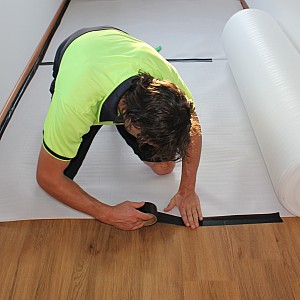
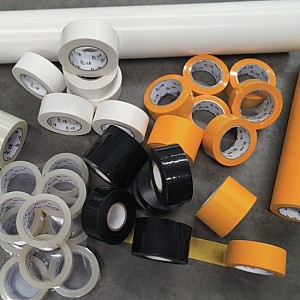
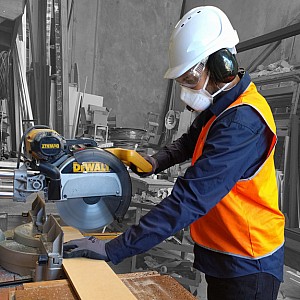
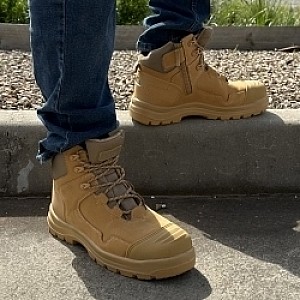
-300x300.jpg)
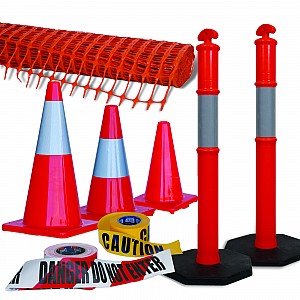

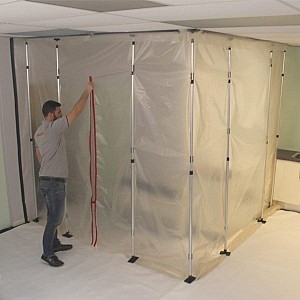
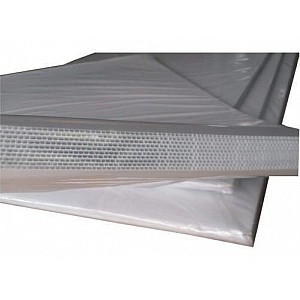
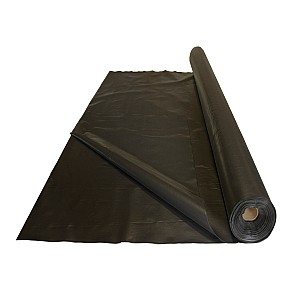
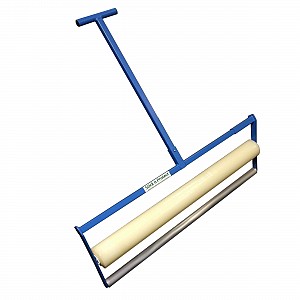
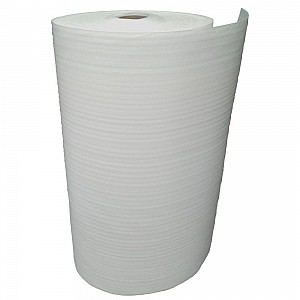

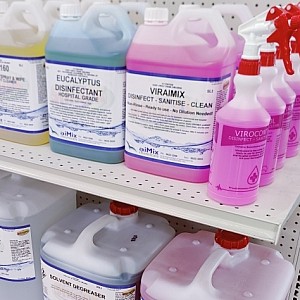

Leave a Comment